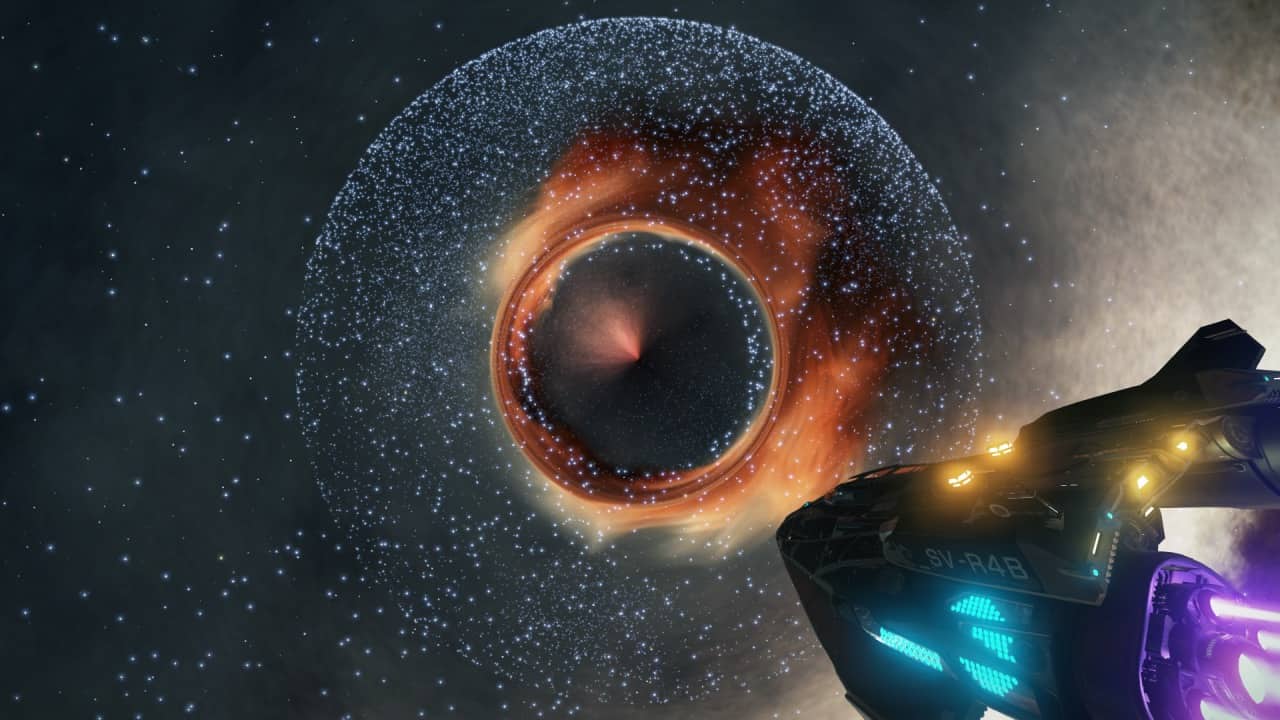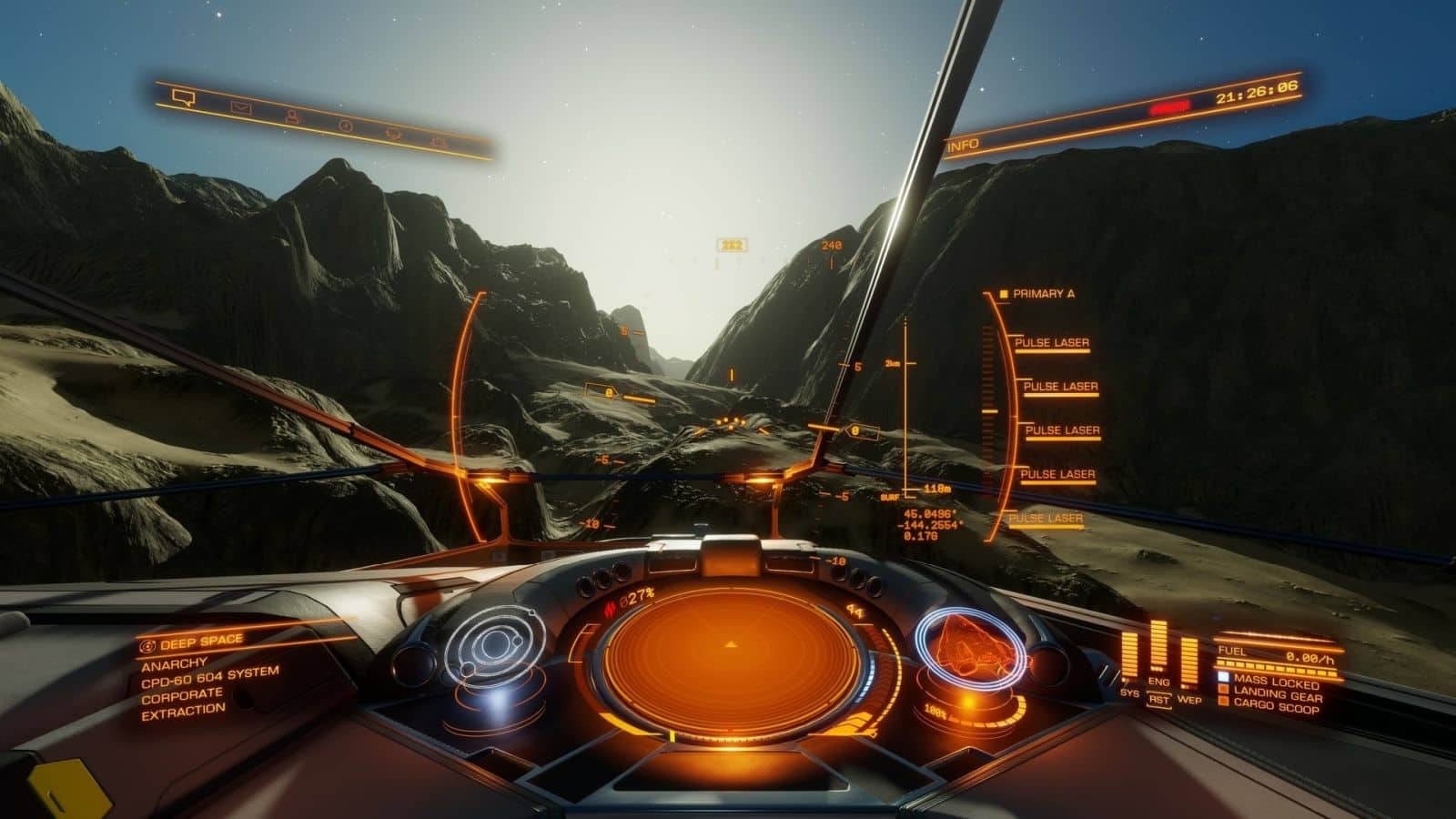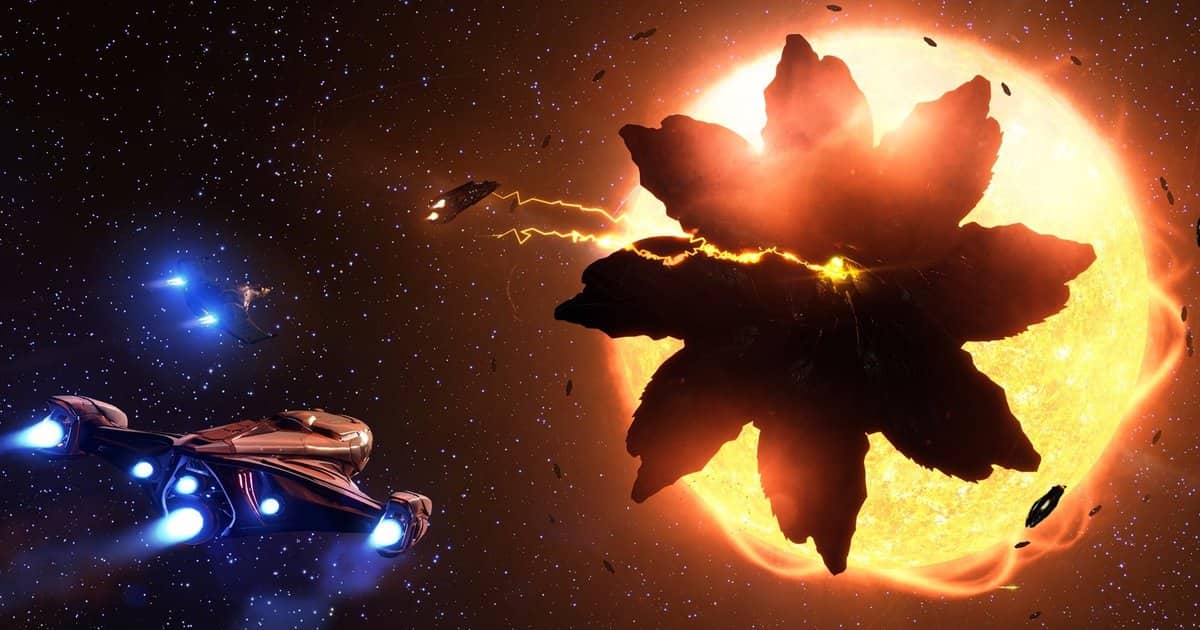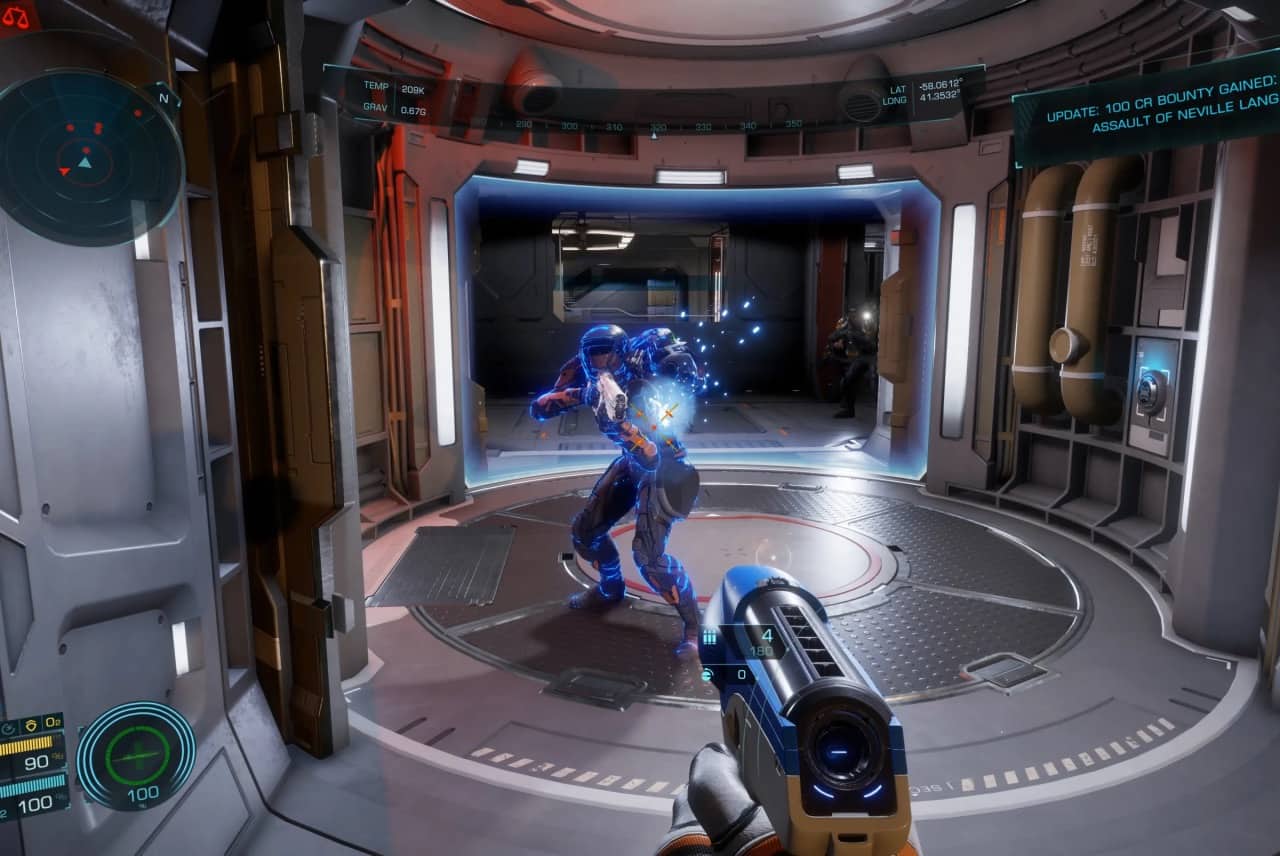Estimated reading time: 7 minutes
The Origins of Elite Dangerous
Elite Dangerous didn’t just appear out of the black. Its genesis was a long-held dream, a yearning for a worthy successor to the original Elite that had sparked the imaginations of a generation. For years, whispers of an Elite 4 circulated, fueled by tantalizing hints from David Braben himself. But it was the advent of crowdfunding that finally turned this dream into a tangible reality. The Elite: Dangerous Kickstarter, launched in November 2012, wasn’t just a funding campaign; it was a rallying cry for a community starved for a truly ambitious space simulation. The response was electrifying. Players, eager to explore a 1:1 scale Milky Way, flocked to support the project, smashing the initial funding goal and ultimately raising over £1.58 million. This outpouring of support wasn’t just about the money; it was a statement of intent, a collective declaration that the dream of a new Elite was alive and well.
Early Access: From Alpha to Gamma
The alpha and beta phases, stretching from December 2013 to November 2014, provided the first tantalizing glimpses into the nascent galaxy. Alpha 1, with its barebones single-player combat, was all about that core flight model – and it was glorious. The Newtonian physics, the sense of inertia, the sheer joy of piloting a spaceship – it was all there. Multiplayer arrived in Alpha 2, along with basic station environments, and while the netcode was rough, the potential for shared adventures was undeniable. Trading and supercruise in Alpha 3 expanded the scope, while Alpha 4’s exploration focus hinted at the vastness that lay ahead. The community, deeply involved in providing feedback during these early stages, buzzed with excitement, tempered by the understanding that this was a work in progress.
The Launch and Initial Reception
The beta phases refined the experience, adding more ships, more missions, and a larger play area. The core gameplay loop – trade, fight, explore – began to solidify. The grind was a constant topic of discussion, as was the perceived emptiness of the galaxy, but with each iteration, the game grew closer to the vision laid out in the Kickstarter. Gamma, the final testing phase before launch, saw every backer pour into the game, stress-testing the servers and providing a final round of feedback. Then, on December 16, 2014, the wait was over. Elite Dangerous launched, and the galaxy was open for business. The initial reception was largely positive, praising the scale, the flight model, and the freedom, but acknowledging the steep learning curve and the need for more depth.
Building a Foundation: 2015 Updates
The year following launch was dedicated to building a solid foundation. Update 1.2, “Wings,” was a landmark moment, finally enabling meaningful cooperative play. Flying with friends, sharing bounties, and coordinating activities transformed the experience for many. Community Goals, introduced in Update 1.3, further fostered a sense of shared purpose, allowing players to contribute to galaxy-shaping events and earn substantial rewards. The arrival of the game on Xbox One in June 2015 expanded the player base, although some PC players expressed concerns about development priorities. Update 1.4’s “CQC” (Close Quarters Combat) proved divisive. While some enjoyed the fast-paced, arena-style PvP, others felt it was a distraction from the core game, a sentiment that highlighted the ongoing debate about the role of PvP in Elite. Update 1.5, “Ships,” was a welcome addition, providing a much-needed influx of new vessels, including the highly coveted Federal Corvette and Imperial Cutter, which became long-term goals for many players.
The Horizons Expansion and Growing Pains
The Horizons era, beginning in late 2015, marked a major expansion of the game’s scope and ambition. The headline feature, of course, was planetary landings. The ability to seamlessly transition from space to the surface of airless worlds, deploy an SRV, and explore these vast landscapes was a technical marvel. However, the initial excitement was tempered by the reality that many of these planets felt barren and the gameplay repetitive. The introduction of Engineers in Update 2.1 sparked even more controversy. While the ability to customize ships with powerful upgrades was enticing, the associated grind for materials became notorious. Players spent countless hours searching for rare elements, often resorting to tedious exploits. This era highlighted a fundamental tension in Elite’s design: the balance between rewarding progression and respecting players’ time.
New Features, Platforms, and Challenges
Update 2.2, “The Commanders,” brought ship-launched fighters and multi-crew, features that had long been requested by the community. Multi-crew, in particular, held immense potential but was hampered by technical issues at launch. The arrival on PlayStation 4 in June 2017 further expanded the player base, cementing Elite’s status as a major player in the space sim genre. Update 2.3’s “The Guardians” added a layer of mystery with ancient alien ruins and technology, while 2.4, “The Return,” dramatically escalated the Thargoid threat, plunging the galaxy into a full-scale interstellar war. The Thargoids, with their powerful ships and enigmatic motives, provided a thrilling new challenge and ignited a passion for anti-xeno combat within the community.
Beyond and Refocusing
The “Beyond” series of updates in 2018 represented a shift in focus. Frontier aimed to refine the core gameplay, address long-standing issues, and improve the overall player experience. Crime and punishment, trading, wing missions, and perhaps most significantly, exploration and mining, all received substantial overhauls. The exploration rework, in particular, was a resounding success, transforming a previously tedious process into an engaging and rewarding activity. The introduction of Squadrons, a form of player-run guilds, also helped to foster a greater sense of community. “Beyond” was widely regarded as a positive step, demonstrating Frontier’s commitment to improving the fundamentals of the game.
The Odyssey Era: Promises and Pitfalls
Then came Odyssey. Announced in 2019, this expansion promised to revolutionize Elite by adding on-foot gameplay, atmospheric planets, and first-person shooter combat. The hype was unprecedented, but the reality of the May 2021 launch was a disaster. Performance issues, bugs, a clunky UI, and questionable design choices marred the experience. The community backlash was swift and brutal. Frontier was forced to apologize and embark on a long and arduous road to recovery. Updates throughout 2021 gradually improved the situation, but the damage was done. The cancellation of console development for Odyssey in March 2022 was a further blow, leaving console players feeling abandoned and raising questions about the game’s long-term future.
Rebuilding and Looking Ahead
The period following Odyssey has been one of rebuilding and recalibration. The conclusion of the Azimuth Saga in Update 14, while a significant narrative event, left many players feeling that their efforts had been ultimately futile. However, subsequent updates in 2023, with their focus on expanding the Thargoid war and introducing new gameplay elements, such as the ability to explore Thargoid Maelstroms, have been generally well-received. The introduction of on-foot Thargoids, the Glaive Hunters, added another thrilling dimension to the conflict.
A New Direction
In May of 2024, Frontier announced a new direction for Elite Dangerous. Major narrative updates would be less frequent, with a renewed emphasis on smaller, more regular updates focused on gameplay, stability, and technical improvements. This approach, reminiscent of the “Beyond” era, has been met with a mixture of hope and apprehension. While some welcome the focus on core gameplay, others worry about the potential for narrative stagnation. Also, Powerplay is getting some love.
The Future Awaits
As Elite Dangerous approaches its 10th anniversary, it finds itself at a crossroads. The game has undoubtedly come a long way since its Kickstarter beginnings, evolving into a vast and complex space sim with a dedicated community. But it has also faced its share of challenges, from controversial design decisions to troubled expansion launches. The future of Elite Dangerous remains uncertain, but one thing is clear: the passion of its community endures. Whether the game can recapture the magic of its early years and fulfill its immense potential remains to be seen. The journey through the black is far from over, and the galaxy holds its breath to see what the next chapter will bring.













